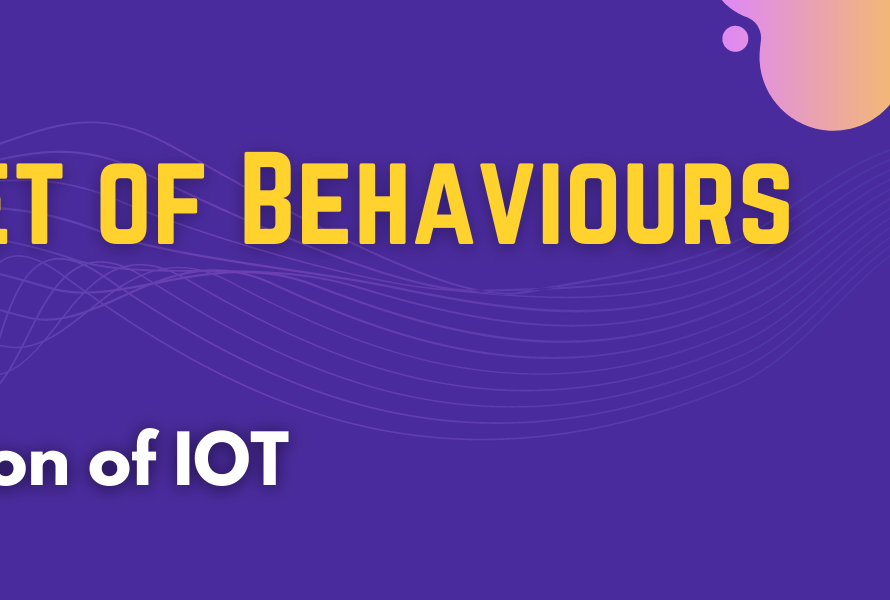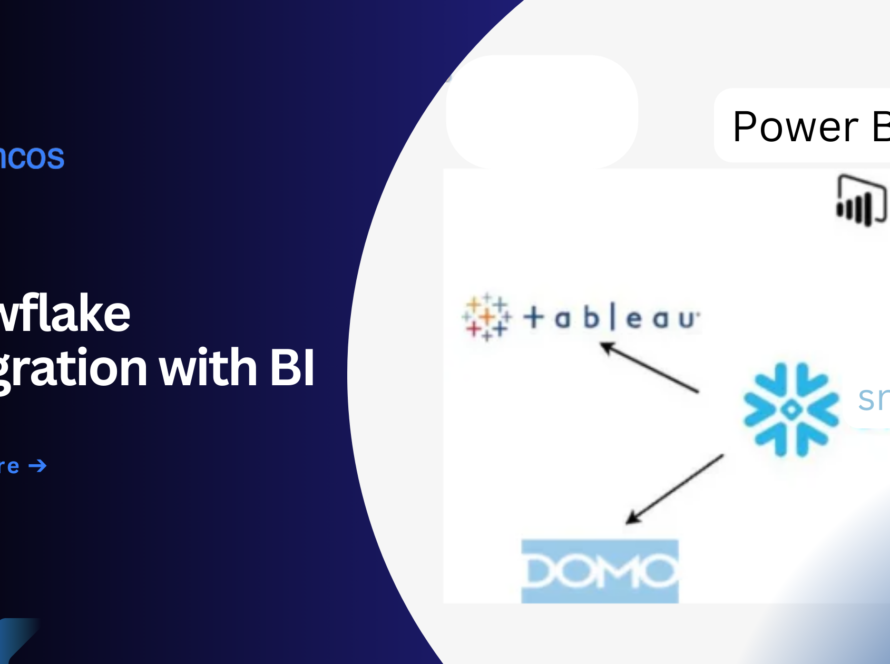Data annotation is a pivotal step that bridges raw data with actionable insights. This process involves meticulously labeling data, which enables algorithms to recognize patterns, make accurate predictions and drive intelligent decision-making. Data annotation is a vital step in developing machine learning models. It involves labeling data to train models to recognize patterns and make predictions. Despite its importance, data annotation comes with a set of unique challenges that impede progress and affect the quality of the final models. From managing vast volumes of data to ensuring consistency and handling complex annotations, these hurdles require thoughtful strategies to overcome.
In this blog, we delve into the various challenges associated with data annotation and explore effective solutions to address them, ensuring a smooth and efficient annotation process that ultimately enhances the performance of machine learning models.
Table of Contents

1. Volume of Data
The volume of data requiring annotation is a major challenge in the data annotation process. Data grows exponentially in this era of digitalization. Every organization and business is churning out and collecting huge volumes of data from varied sources on a day-to-day basis. Such data annotation processes, being labor-intensive on one hand, often get delayed and create bottlenecks in keeping pace with the rate of data volumes.
Managing such large volumes of data efficiently requires scalable solutions.
Solution:
- Automated Annotation Tools: Incredibly, the use of automation and tools for the automation of annotating has increased the speed of the procedure. Such tools take pre-trained models of machine learning to label the data. Even if these pre-labels are not perfect, they are a good starting point and hence reduce human annotator work. The focus now shifts to correcting the pre-labeled data, which means that the rest of the workload is reduced.
- Active Learning: Active learning asks for human annotation only to clarify data for which the model is the most uncertain or challenged. The result is that human effort is placed at a more critical point, which leads to the use of resources further and better work and faster improvement in model performance.
2. Quality and Consistency
Quality and consistency of annotations is a challenge in data, mainly for large annotator teams and when handling complex types of data. Inconsistency in the annotations will make a model have low performance. Variability in such annotations stem from various interpretations of data, unclear guidelines and different experiences of annotators. Such inconsistencies affect the training of models, hence making it a thoroughly complicated exercise to validate and test the models.
It is in this regard that robust, all-inclusive annotation guidelines are highly needed to develop more accurate and robust machine learning models.
Solution:
- Clear Guidelines: It is important to create exhaustive annotation guidelines and standards. Such guidelines should include definitions, examples and descriptions of the instructions on how to handle edge cases. Having clear guidelines allows all annotators to have an equal understanding of the requirements.
- Training and Calibration: Regular training sessions and calibration exercises should be conducted to align the understanding and interpretation of guidelines among the annotators. These sessions should be interactive—practice with feedback—so that the annotators are well-prepared for their tasks.
- Quality Checks: Conduct multi-tier quality checks using peer-reviewed and automated consistency checking to ensure that the quality of the annotated data is in line with the requirements. Frequently, audited annotated data allows for identifying the opportunities of enhancements that might lead toward excellence in the output.
3. Complexity of Data Annotations
This therefore constitutes a major challenge to the annotation—the complexity of the data. Medical images, complex technical documents, or involved audio recordings are data types that require domain knowledge in order to be properly annotated. This slows down annotation itself, which in turn leads to a higher number of mistakes because only general annotators are not qualified to provide the correct labeling.
Hire or team up with an expert on the domain market with specialized know-how to improve the accuracy and reliability of annotations for the most complex data.
Solution:
- Expert Annotators: Through the use of or collaboration with expert annotators, one expect complex data to be accurately and reliably annotated. For example, a radiologist would be necessary to annotate medical images based on the fine-grained understandings of radiographs.
- Hierarchical Annotation: General annotators first perform basic annotations, which are then reviewed and refined by experts. This combines inclination in a delineation, in such a way that competence and efficiency in the process are ensured through both general and specialized annotators.
- Training and Documentation: Include detailed training and documentation that allow annotators to understand complex data and annotation requirements. Among other aspects are full manuals, video tutorials and access to consult with experts.
4. Subjectivity and Ambiguity
Inherently, data annotation is subjective and ambiguous, especially with text and audio data. Different human annotators would view the same data differently, leading to different annotations. The high chances of subjectivity with the outcome probably will not be very reliable. With data ambiguity, the annotation process is further complexed because those annotating are not fully sure of what is the best correct label or classification to use, raising the levels of errors.
Solution:
- Annotation Guidelines: Creating detailed guidelines for annotation that avoid subjectivity by being specific and detailed in how to deal with “hard cases.”.
- Consensus Mechanisms: It is expected that consensus mechanisms with multiple annotators will annotate the same data, inculcating subjective perspectives. There should be a resolution of disagreements in order to arrive at consistency by consensus or through a senior annotator.
- Machine Learning Aids: Employ machine learning aids that will identify problematic regions of a text and recommend candidate labels; this, in turn, assist the annotators and consequently reduce variance. Such tools help to give more context and standardize annotations.
5. Price
Data annotation is proportionately one of the most expensive aspects of machine learning in cases where the volume of data or the skilled annotators are relatively high. Most third companies, especially those grappling with the challenge of thin financial margins, almost always find themselves in a dilemma between quality contribution and budget constraints.
Solution:
- Crowdsourcing: Utilizing crowdsourcing platforms distributes annotation tasks to a large pool of workers, reducing costs. Crowdsourcing is particularly effective for straightforward annotation tasks. To maintain quality, strict quality control measures such as multiple annotations per data point and automatic consistency checks are vital.
- Incremental Annotation: Annotating data incrementally focuses on the most critical data first. Initial annotations are used to train a model, which then assists with subsequent annotations. This approach ensures that the most important data is annotated quickly and less critical data is annotated over time.
- Annotation Tools: Investing in appropriate annotation tools facilitates the whole process and reduces the amount of time in annotation, which leads to the reduction of costs. A few techniques that help include automatic labeling, good interface for manual correction and integration with quality control mechanisms.
6. Data Security and Privacy
While annotating data, data security and privacy are very important, especially when it is sensitive information from medical records, financial data and personal identifiers. The major issue is the addition of confidentiality with the leeway that annotators have for the effective labeling of data. In any privacy breach or mishandling with data considered sensitive, it ultimately results in legal proceedings, trust reduction and heavy damage regarding the reputation of an organization.
Solution:
- Secure Platforms: The use of annotation platforms needs to be secure, aligned with data protection regulations, for example, GDPR or HIPAA. The platform should be secure, with good security features in place, including encryption, access controls and audit trails.
- Anonymization: Anonymizing sensitive data before annotation protects privacy by removing personally identifiable information. Techniques such as data masking or pseudonymization are used to ensure that annotators cannot link data to specific individuals.
- Access Control: Implementing strict access controls ensure absolutely little handling of sensitive data. Only authorized personnel should be able to access them and their activities have to be monitored to prevent any possible harmful breach.
7. Scalability
Data annotation is a challenge to scalability, with rapid growth and increasing complexities of datasets. The ability to efficiently scale data annotation processes without bottlenecks or delays is important in ensuring that models are well-trained and deployed timely in machine learning applications. Traditional approaches to manual annotation have difficulties coping with the growing rates of information, causing bottlenecks and delays in the development of machine learning models.
Solution:
- Scalable Infrastructure: Effortlessly handle volumes of data by building or leveraging scalable annotation infrastructures. For example, cloud-based platforms support seamless scale-up and scale-down depending on demand.
- Incremental Improvements: Continuous improvement and refinement of the annotation process are supported by active feedback and performance metrics for efficiency. Refreshing the tools, processes and training on a regular basis ensures that the annotation process iteratively meets ever-growing demands.
- Hybrid Approaches: This involves a balance between quality and scalability by using both manual and automated methods. In a hybrid approach, automated tools execute the routine tasks automatically, reserving complex or ambiguous data for human annotators. With a hybrid strategy, large volumes of data are labeled efficiently, without any loss in quality.

What’s more?
Data annotation is the most important yet most challenging component in the development of machine learning models that are supposed to detect patterns and make predictions in data. Despite its prime importance, data annotation has a number of challenges that limit its efficiency and effectiveness.
The volume of data that needs annotation is so high, hence it requires much time when done manually. This is considerably accelerated with the use of automated data annotation tools and active learning techniques since these provide a good starting point for human annotators. Quality and consistency are equally critical issues: clear guidelines, regular training and multi-layer quality checks are key to ensuring that annotations are uniform and accurate across large teams.
Complex data like medical images or intricate texts require specialized knowledge, which again slows down the process and introduces errors in the annotation process. This again might be effectively approached by expert annotators and hierarchical annotation. Subjectivity and ambiguity lead to variability in the annotations, mainly in text and audio data, which are minimized with the help of detailed guidelines and mechanisms for consensus.
Again, cost and scalability pose great challenges, mitigated by crowdsourcing, incremental data annotation and efficient tool investments. There will be sensitive information; thus, security and privacy regarding data are ensured through secure platforms and anonymization. In turn, each of these approaches makes the quality and efficiency of the annotated data better for an organization while improving performance and hastening machine learning model development.

What does HIMCOS do ?
Himcos provides Data Annotation services. Our data team isn’t just skilled, you get the best minds tackling your Annotation projects, ensuring exceptional quality and results. Our experts help improve performance, reduce costs, enhance security and foster innovation providing our clients with scalable, secure and high performing applications.



